
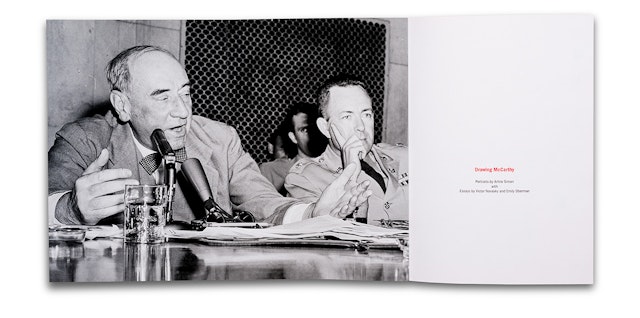




The sketches sum up the cast of characters and convey the intensity of an event that had the whole country hanging on every word.

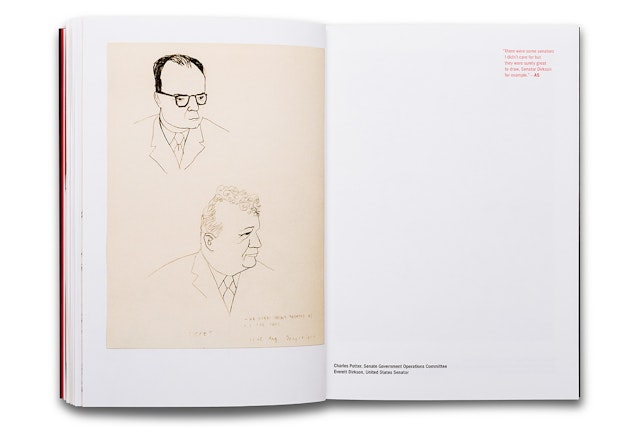
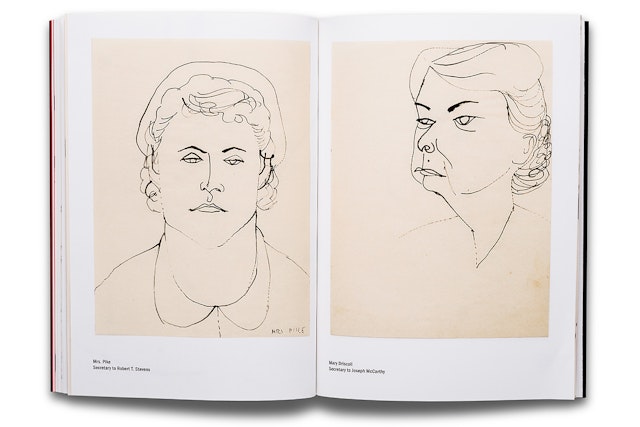
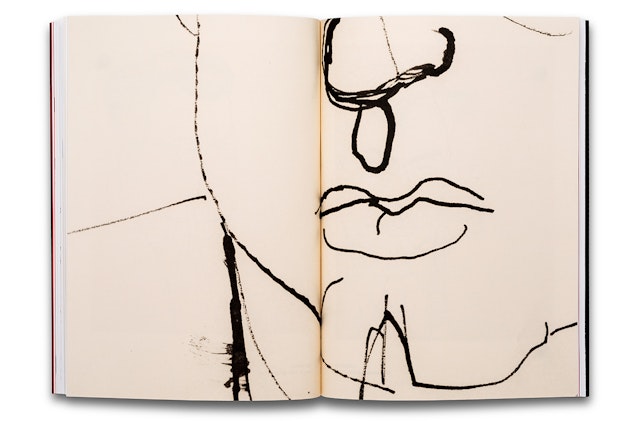
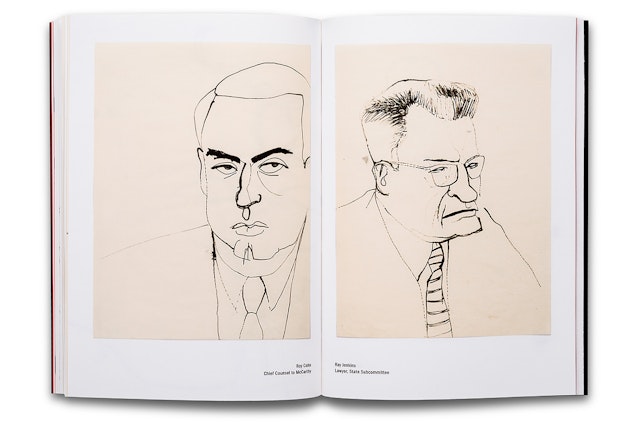
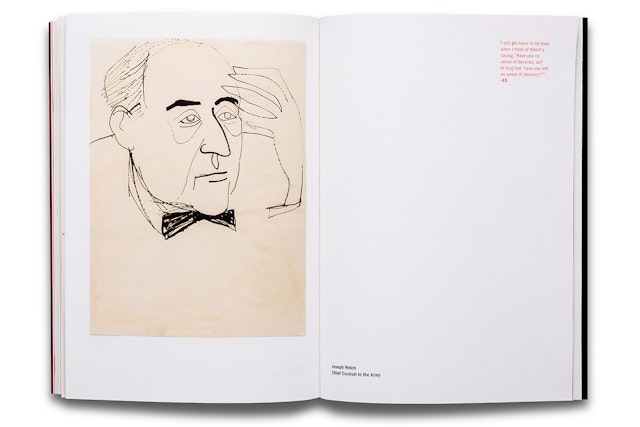
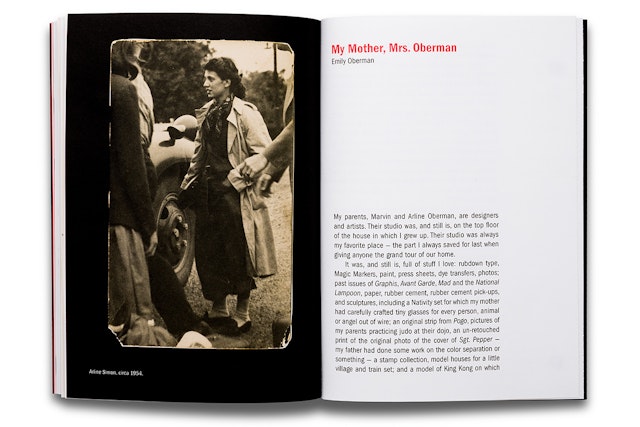
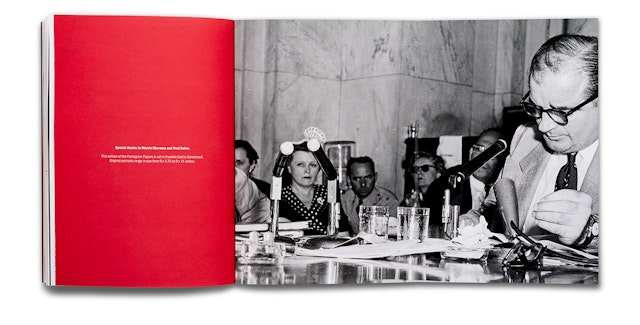
During a visit to her parents’ house in Yonkers, New York, Pentagram’s Emily Oberman made an unusual discovery: a cache of extraordinary pen-and-ink drawings made by her mother, the artist and illustrator Arline Simon, that depict the Army-McCarthy hearings of 1954. Drawn directly from the hearings as they aired on live television, the portraits brilliantly capture the likenesses of the key players in the proceedings, as well as the immediacy and impact of a watershed event that captivated the nation. The full series of 33 drawings are collected in Pentagram Papers 43: Drawing McCarthy, designed by Oberman and published in advance of the 60th anniversary of the hearings in 2014.
The book includes an introductory essay by Victor Navasky, former editor of The Nation, current chair of the Columbia Journalism Review and author of Naming Names, the definitive account of the Hollywood blacklist and the Red Scare in 1950s America. Oberman contributes an essay about her mother.
In the Army-McCarthy hearings, the US Army charged that Senator Joseph McCarthy and his chief counsel Roy Cohn pressured officials to give their staffer G. David Schine preferential treatment when he was drafted. McCarthy countercharged that the Army was trying to sabotage his investigation into Communist subversion. McCarthy’s play backfired, exposing the reactionary politician and his Red-baiting demagoguery of McCarthyism, in which people’s lives were ruined with slightest whisper of Communism. The hearings built to a showdown between McCarthy and Joseph Welch, chief counsel to the Army. Later that year, the Senate voted 67 to 22 to censure McCarthy, effectively eradicating his influence.
It’s hard to imagine now, in our multi-channel universe, but the Army-McCarthy hearings were seen by a television audience of an estimated 80 million people back in the late spring of 1954, when they ran for 36 days on a single channel (ABC). The hearings were the first non-sports national event ever to be televised, and many watchers remained glued to their sets for days. In his essay in Drawing McCarthy, Navasky notes the proceedings became “a national pastime” and quotes The Public Opinion Quarterly as reporting at the time that “Housewives neglected their housework, retailers reported decreased shopping, and even theater owners noticed a drop-off in attendance during the days of the hearings.” (Key portions of the hearings were later compiled in the widely seen documentary Point of Order, released in 1964.)
Arline Simon was one of those watching—and drawing. Her sketches sum up the cast of characters—McCarthy, Cohn, Welch, the various aides, secretaries and undersecretaries—and convey the intensity of an event that had the whole country hanging on every word. The book reproduces sheets of sketches in their entirety; for a closer look, details from several portraits are displayed in double-page spreads.
In her essay Oberman writes, “My mother told us about being mesmerized by the hearings and drawing what she saw on television with only a stick dipped in ink. She saved the drawings, because she liked them so much, but had never really thought about them much since 1954.”
“When I began to draw I didn’t realize that I would be drawing history in the making,” Simon notes in the book. “I still get tears in my eyes when I think of Welch’s saying, ‘Have you no sense of decency, sir? At long last, have you left no sense of decency?’”
Additional coverage: The Atlantic.
Office
- New York
